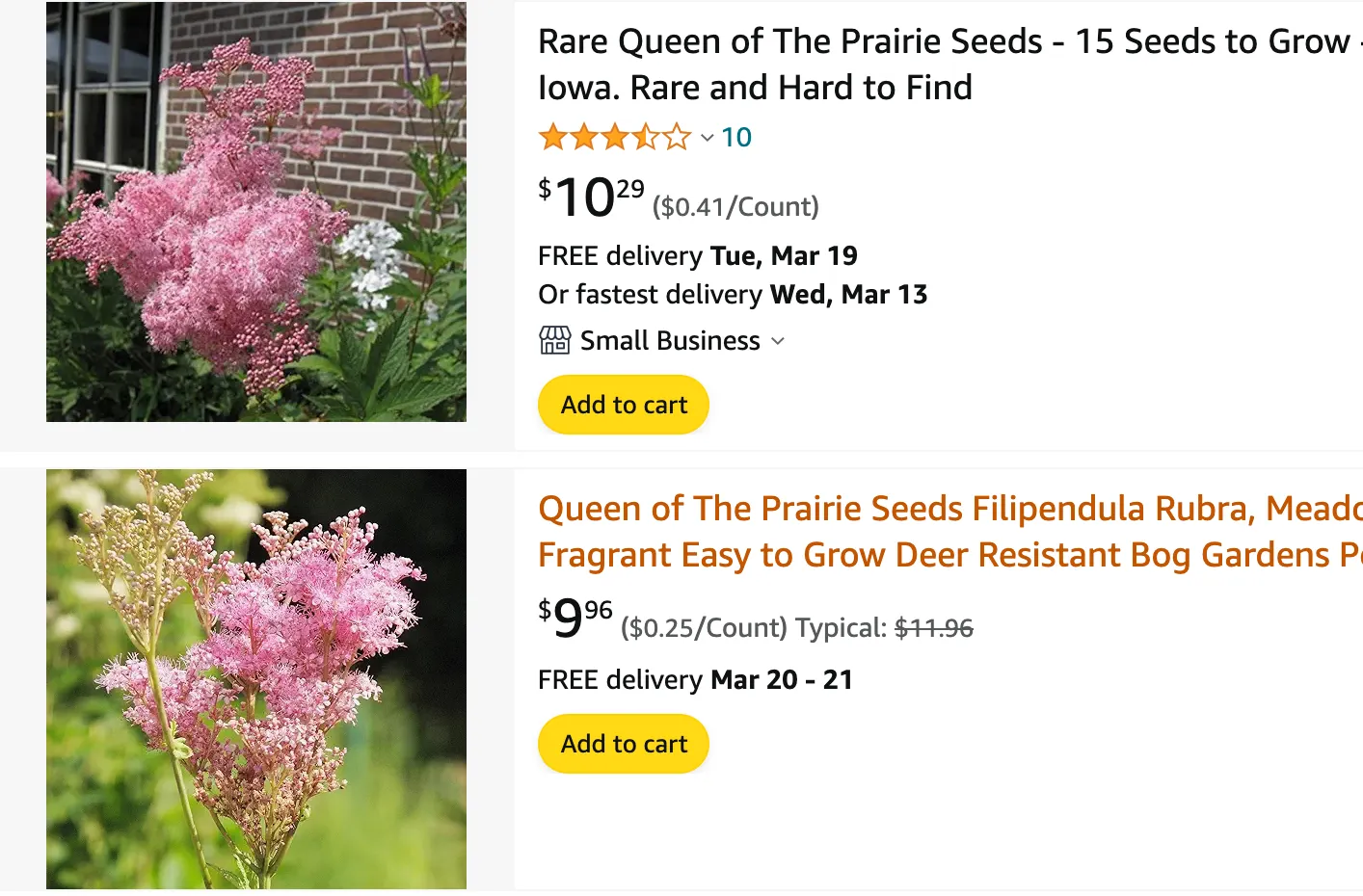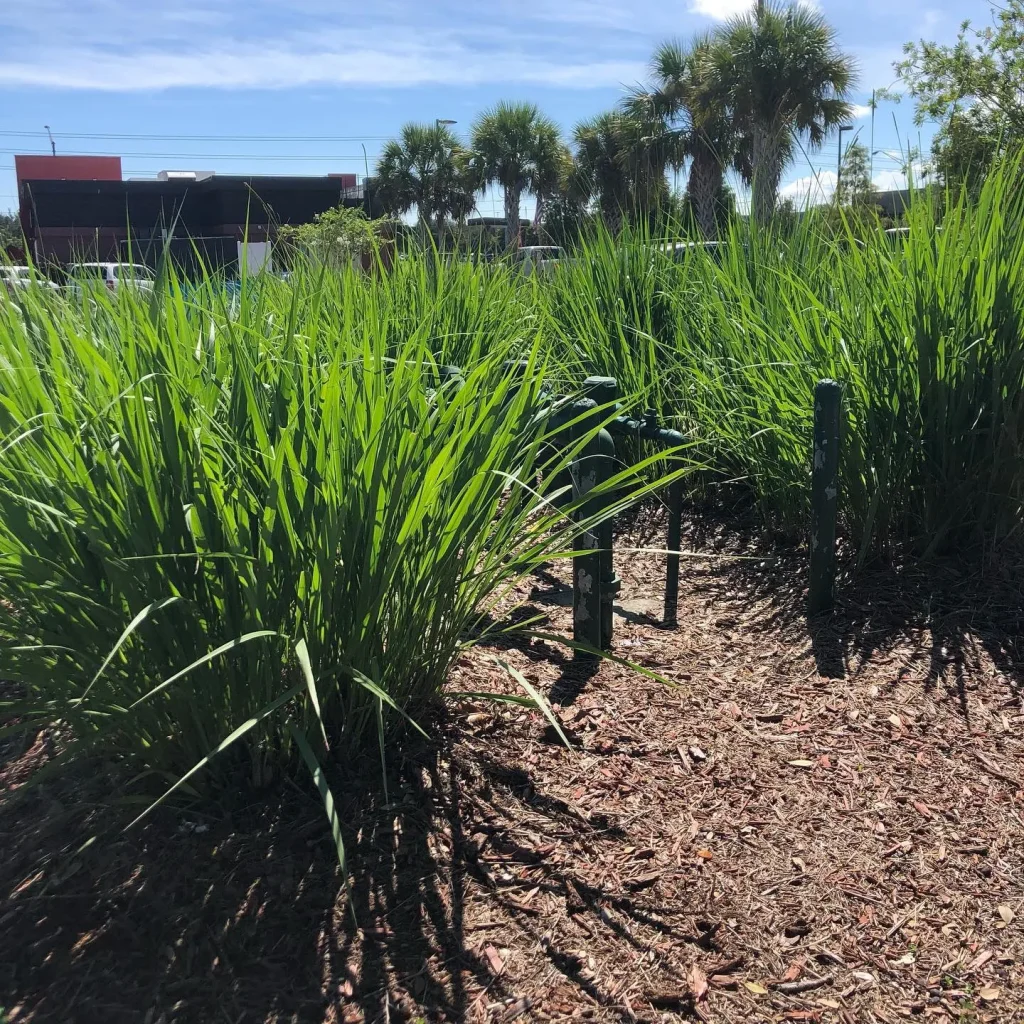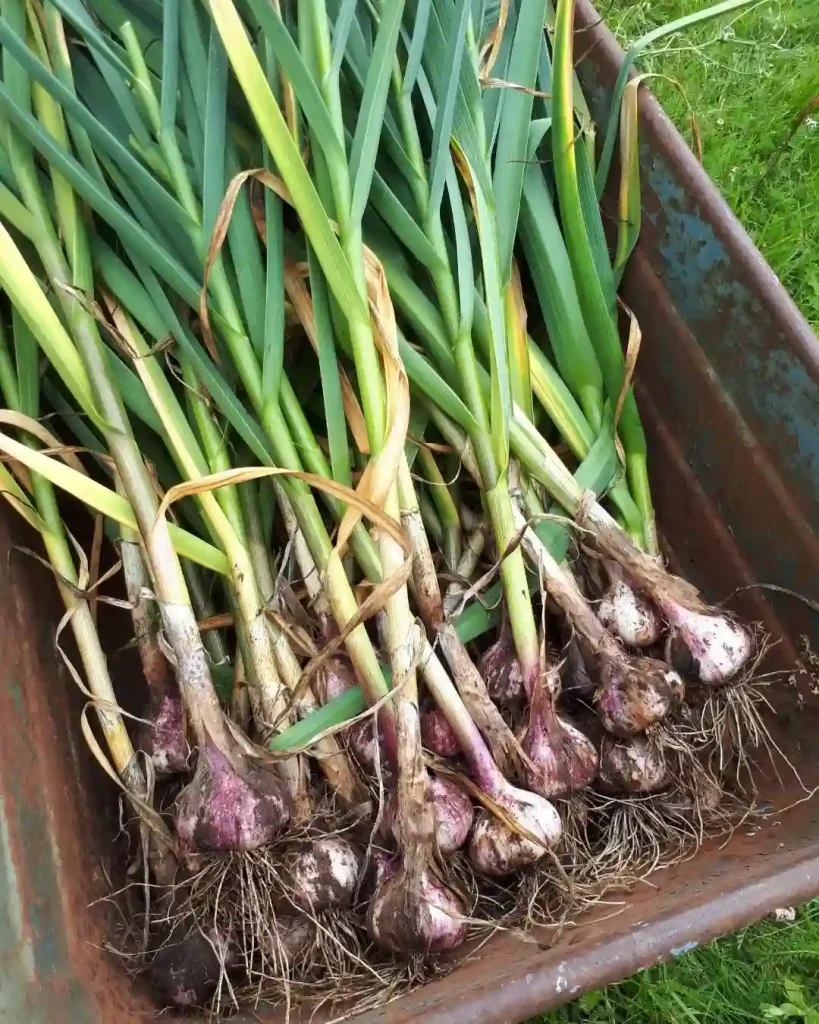
The Queen of My Prairie: Filipendula Rubra’s Feathery Reign
Filipendula rubra, or Queen of the Prairie as it’s more commonly known, wasn’t always a resident of my garden. But the moment I saw its majestic presence at a local nursery, I knew I had to make space for it. Towering over its neighbors with airy plumes of pink flowers, it demanded attention. Now, a few seasons in, it’s become the undisputed ruler of a sunny corner, attracting a buzzing court of pollinators and holding its own throughout the summer.
15 Species in Genus Filipendula
Filipendula Rubra vs Filipendula Puurea
From my experience, Filipendula Rubra has always stood out with its robust, reddish-pink blooms and towering height, making it a dramatic focal point in my garden. On the other hand, Filipendula Purpurea, with its more subdued, purple-tinted flowers, offers a softer contrast that blends nicely with other perennials. I find Rubra’s vibrant color a bit overpowering at times, while Purpurea’s gentler hue provides a more harmonious, subtle touch to the landscape.
Filipendula Rubra vs Meadowsweet
I’ve had both Filipendula Rubra and Meadowsweet in my garden, and they offer quite different experiences. Rubra’s large, showy flower clusters are great for creating a bold statement, but they require more space and can overshadow smaller plants. Meadowsweet, in contrast, has a more delicate presence with its fine, creamy-white blooms and lacy foliage. It fits well into mixed borders and provides a softer, more understated beauty.
Filipendula Rubra vs Spirea
Comparing Filipendula Rubra to Spirea has been interesting. Rubra’s towering stems and striking blooms are fantastic for adding a touch of drama, but they need a bit more care to maintain their grandeur. Spirea, with its more compact form and varied flower colors, offers a more versatile and low-maintenance option. I’ve found Spirea to be a great choice for adding color throughout the growing season with minimal fuss, while Rubra is perfect for making a bold seasonal impression.
How to Care for Filipendula Rubra?
This herbaceous perennial thrives on minimal intervention. Full sun to part shade is ideal, though it tolerates a bit more shade in drier conditions. The key is moisture. In my experience, Filipendula rubra prefers consistently moist soil, especially during the growing season. Deep watering during dry spells keeps it happy. Well-draining soil is important too, so amending your planting bed with compost can be beneficial.
Once established, Filipendula rubra is quite low-maintenance. A light feeding in early spring with a balanced fertilizer keeps it fueled for the season. Deadheading spent blooms encourages continued flowering, but it’s not essential. The seed heads themselves hold a certain charm, adding winter interest to the garden.
Does Filipendula Rubra Have the Same Medicinal Qualities as Meadowsweet?
While Filipendula rubra and Meadowsweet (Filipendula ulmaria) share the same genus, they possess different medicinal properties. Meadowsweet has a long history of use in herbal remedies for pain and inflammation. Filipendula rubra, however, lacks these properties and is best enjoyed for its ornamental value.
Do Deer Eat Filipendula Rubra?
This is a question every gardener with deer in their area asks. The good news is that Filipendula rubra is generally considered deer resistant. The coarse foliage and ferny texture seem to deter them. Of course, if deer are particularly hungry in your area, they might take a nibble. But in most cases, Filipendula rubra stands a good chance of remaining untouched.
What to Plant with Filipendula Rubra?
Filipendula rubra’s tall stature and airy presence make it a perfect companion for other perennials that enjoy similar conditions. Here are a few of my favorites:
- Catmint (Nepeta): The fragrant blue or purple flowers of catmint create a lovely contrast with the pink blooms of Filipendula rubra. Both plants attract pollinators and thrive in full sun to part shade.
- Russian Sage (Perovskia atriplicifolia): The late-blooming, lavender-colored flowers of Russian Sage complement the earlier blooms of Filipendula rubra beautifully. Both plants have a similar upright form and prefer well-drained soil.
- Daylilies (Hemerocallis): Daylilies come in a wide variety of colors and bloom times, allowing you to extend the floral display in your garden. Choose shorter varieties to avoid overwhelming Filipendula rubra.
How to Divide Filipendula Rubra?
Filipendula rubra spreads by underground runners, making it easy to propagate by division. The ideal time for division is in early spring or fall, when the plant is dormant. Simply dig up the clump and use a sharp spade to divide it into sections, each with healthy roots and buds. Replant the divisions in prepared beds and water them well.
With a little care, Filipendula rubra will reward you with years of beauty and grace. Its easy-going nature and deer resistance make it a great choice for both novice and experienced gardeners. So, if you’re looking for a statement piece for your sunny border, consider giving the Queen of the Prairie a place in your garden. You won’t regret it.
If i die, water my plants!



